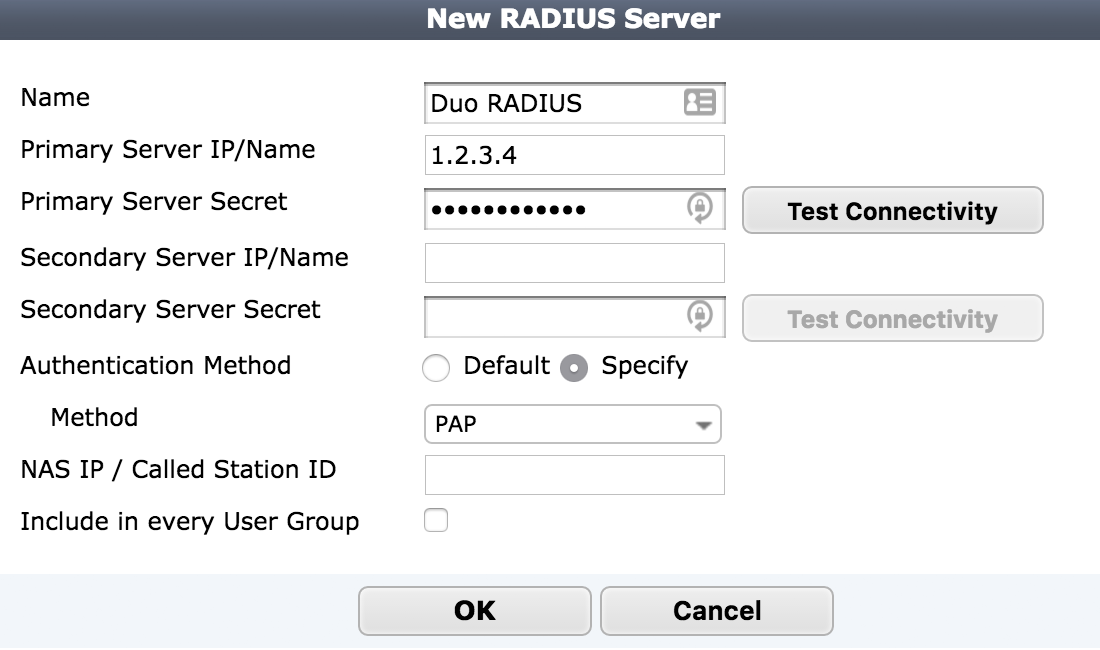

In Fedora, the name is something like packagename-version.i686 In Ubuntu, the name is forticlientsslvpn]$. To install it you have to tell Linux to download the 32 bits version. Here is how I set up the Fortinet SSL VPN 32 bits client:Ģ) Extract software]$ tar xvzf forticlientsslvpn_linux_.tar.gzįorticlientsslvpn/helper/įorticlientsslvpn/helper/fortisslcacert.pemįorticlientsslvpn/helper/fortisslclient.crtįorticlientsslvpn/helper/fortisslclient.keyįorticlientsslvpn/helper/ģ) As you can see it requires the 32bits libgtk-x11-2.0.so.0 module.

I am using Fedora 20 64bits on my new Ultrabook.


 0 kommentar(er)
0 kommentar(er)
